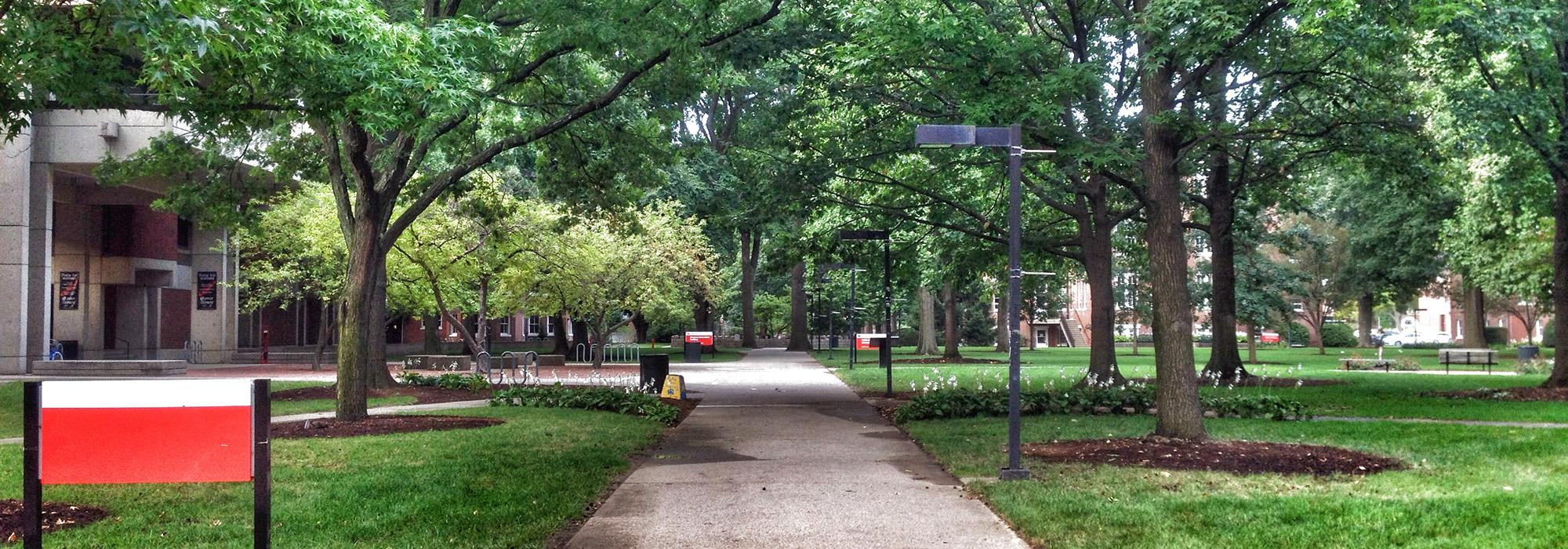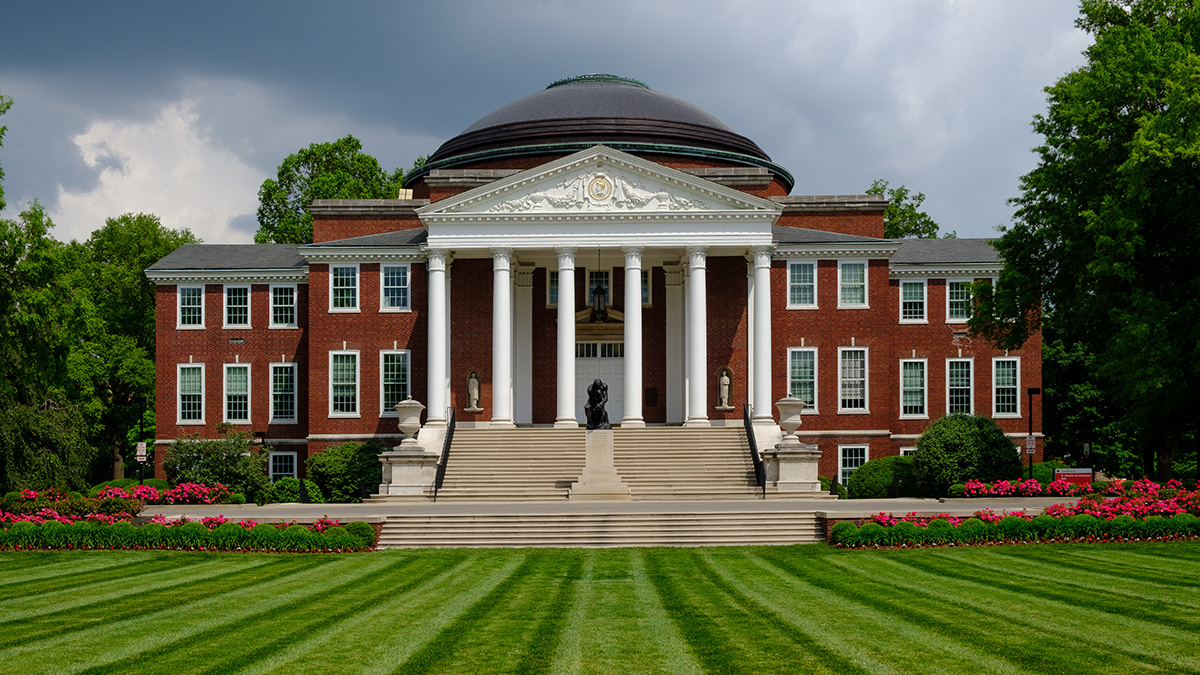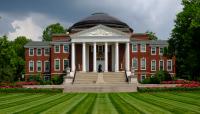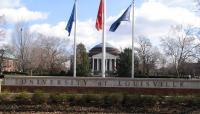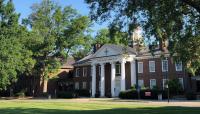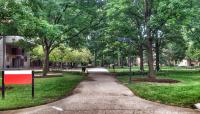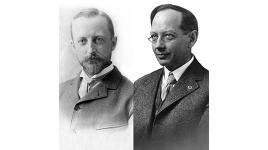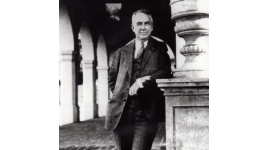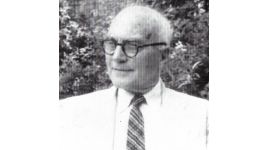Landscape Information
Chartered in 1798 by the Kentucky General Assembly, the institution first known as Jefferson Seminary opened in 1813 and closed in 1829, its estate subsequently consolidated by the Kentucky legislature with the Louisville Medical Institute, the Louisville Collegiate Institute, and a newly established law school, to become the University of Louisville in 1846. The university’s rapid expansion demanded a larger footprint, and the school acquired the property of its present campus in 1923. Around this time, Olmsted Brothers was contacted by university president Arthur Ford and sent James Frederick Dawson to inspect the site, though their involvement would not formally begin until two years later when the university acquired a former children’s home and industrial school. Edward Whiting guided the work of adapting these grounds, recommending that drives and walks be rerouted to create a more cohesive campus. Funding for a new fine arts museum from a local benefactor afforded Whiting the opportunity to recommend a more comprehensive plan to guide future campus development.
Ford also engaged local architects, who offered their own proposals for the campus plan in addition to designing new campus buildings. Whiting’s various concepts for the campus proposed a series of quadrangles, typically anchored by a library, while the local architects suggested an elaborate cross-shaped lawn, anchored by a Jeffersonian rotunda. The resulting landscape includes a modest oval green fronting the Administration Building (now Grawemeyer Hall), designed by Arthur Loomis and constructed in 1926. While the oval form appears in the 1925 working drawings of Whiting, its conceptual origin is unclear; the Belknap Gates at the head of the oval were constructed against Whiting’s recommendation. He had suggested a single entry, with the drive diverging once inside the campus’s fence. The firm continued to consult for the university into the 1930s, providing planting recommendations around the gates and the Administration Building’s steps in 1931.



